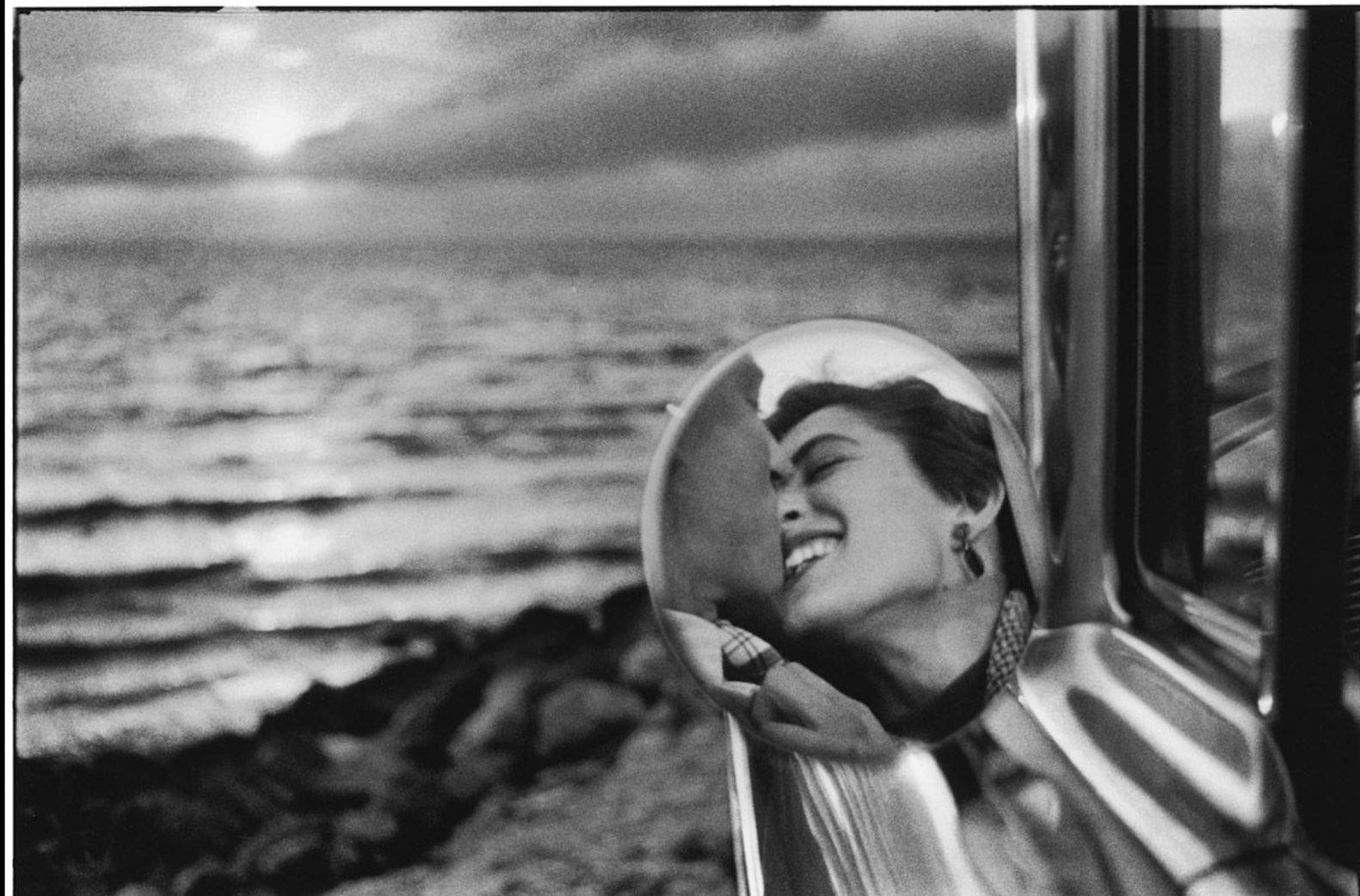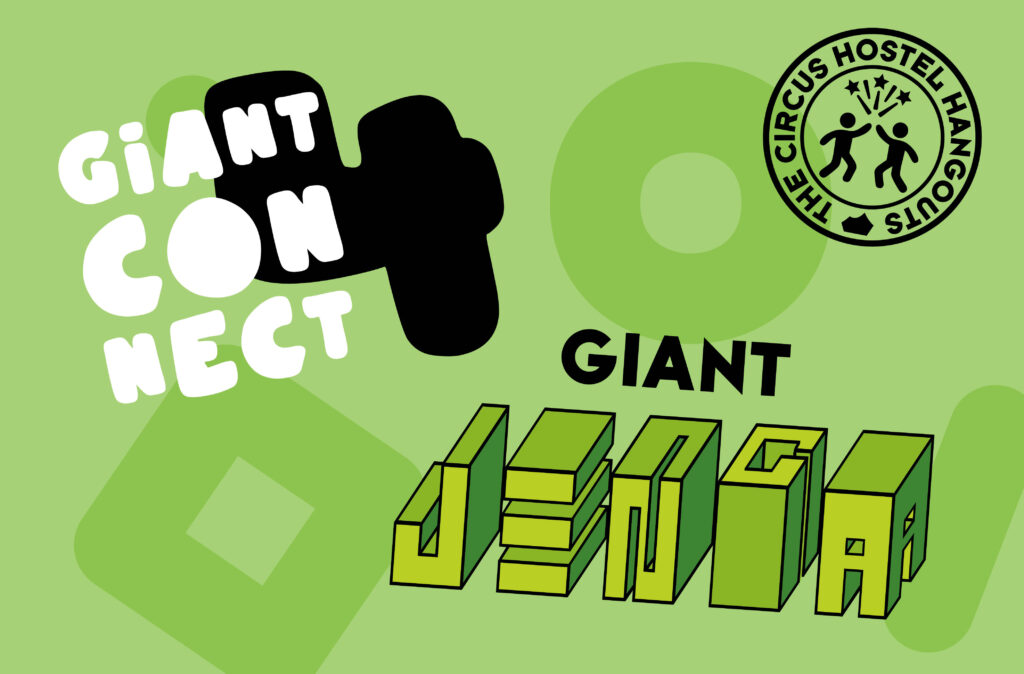Looking for some extra inspiration for your Berlin trip? Our Like a Local service is a personally curated itinerary, customised to your specific interests. You can make use of our comprehensive knowledge of our home city, as well as our network of the best tour operators in town, to give you access to Berlin culture like a local. Whether it’s history, art, fashion, food, entertainment or outdoor activities, we’ve got you covered.

- This event has passed.
Exhibition: Paragons / Afterimages – Photographs from the Berlin University of the Arts 1850 – 1930
7. July 2021

Paragons / Afterimages
Photographs from the Berlin University of the Arts 1850 – 1930
21.05.2021 to 05.09.2021
Museum für Fotografie Berlin
“Paragons/Afterimages” – this conceptual coupling refers both to correlations between images and to the production of images that refer back to pre-existing models and archetypes. In the art academies and schools of applied arts in the 19th and early 20th centuries, photographs served as “models” or “paragons” and functioned as an independent and didactic class of images in their own right. Photographic reference material was an important resource in the creative practice of aspiring artists, and their use led to the creation of “afterimages” in art classes: paintings, sculptures, drawings and graphic.
The archives of the Berlin University of the Arts have preserved a valuable collection of photographic images used as teaching aids that dates back to the 1850s, having originally been established by the university’s predecessor institutions, the Royal Prussian Academy of the Arts and the School of Applied Arts, then part of the Kunstgewerbemuseum. With approximately 25,000 individual photographic prints and additional bundles and albums, the collection is unique in Germany. For a long time largely ignored, in recent years it has been more thoroughly catalogued and researched, and is now being presented for the first time in this exhibition.
The most common pictorial genres and motifs include reproductions of artworks, landscapes, nature studies of water, clouds, trees, plants, rocks and the like, architectural scenes, still lifes, portraits, genre scenes and tableaux vivants, nudes and animal studies, along with Oriental and historical representations. The original studies – distributed in France as études d’après nature – are made by well-known European and American photographers.
Photographers include: Fratelli Alinari, Ottomar Anschütz, Karl Blossfeldt, Adolphe Braun, Eugène Cuvelier, Georg Maria Eckert, Constantin Famin, Wilhelm von Gloeden, Albert Renger Patzsch, Jakob August Lorent, Gustave le Gray, James Robertson, Henry Peach Robinson, F. Albert Schwartz, Giorgio Sommer and Carleton Watkins.


